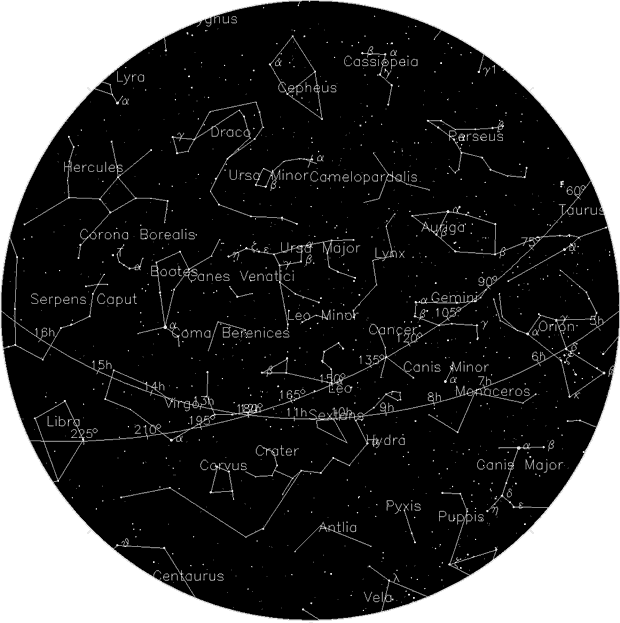DARK SKY HAPPENINGS - September 2018 Moab Dark Skies mission is to promote the appreciation and conservation of Moab’s valuable and rare dark skies. The Moab Dark Skies was established by the Friends of Arches and Canyonlands Parks in conjunction with the National Park Service and Utah State Parks Division of Natural Resources.
As the summer of 2018 winds down we’re enjoying cooler weather, clearer air, and the return of longer nights and the opportunity to appreciate the starry views we enjoy even in one of the urban hubs of the Colorado Plateau. Beyond the aesthetics of living in place with a mostly-dark night sky, artificial light (and natural dark) impacts our health in different ways. The glare of a light outside one’s bedroom interfering with sleep is obvious. Humans, and many other animals, evolved with the the natural light-dark cycle of day and night. We adhere to a circadian rhythm – a sleep-wake pattern governed by the day-night cycle. Our biological clocks interact with our body systems, changing our hormone levels and even modifying our genetic code. Natural light helps set our clocks to Earth’s day-night cycle. Exposure to artificial light at night disrupts this process, increasing our risks for cancers and other potentially deadly diseases.
More subtly, artificial light at night impacts complex ecological interactions, with the potential to have other health effects. This years low river flow spared Moab from mosquitos, which many years plague parts of Moab to varying degrees. Mosquitos have had a significant impact on some Moab residents via transmission of West Nile Virus (WNV). According to the CDC, “WNV is most commonly spread to people by the bite of an infected mosquito. Mosquitoes become infected when they feed on infected birds. Infected mosquitoes then spread WNV to people.” Recently Meredith Kernbach, an eco-immunologist, conducted a study that investigated the effects of artificial light at night on sparrows with WNV. Birds infected with WNV and exposed to light at night stayed infectious for four days, double the length of birds not exposed to light at night, and potentially doubling the number of mosquitoes a sick bird could infect. Fortunately, outdoor lighting is something we can take responsibility for, individually, and locally. Last year U of U students completed an inventory of local government owned lighting. The City of Moab is now part way through a process of retrofitting its lights to reduce night sky impacts, as well as improving energy efficiency and operating and maintenance costs. Even as Moab grows we can improve the quality of our outdoor lighting to retain the benefits of our dark skies.. . |
||||||||||||||||||||||||||||||||||||||||||||||||||||||||||||||||||||||||||||||||||||||||||||||||
